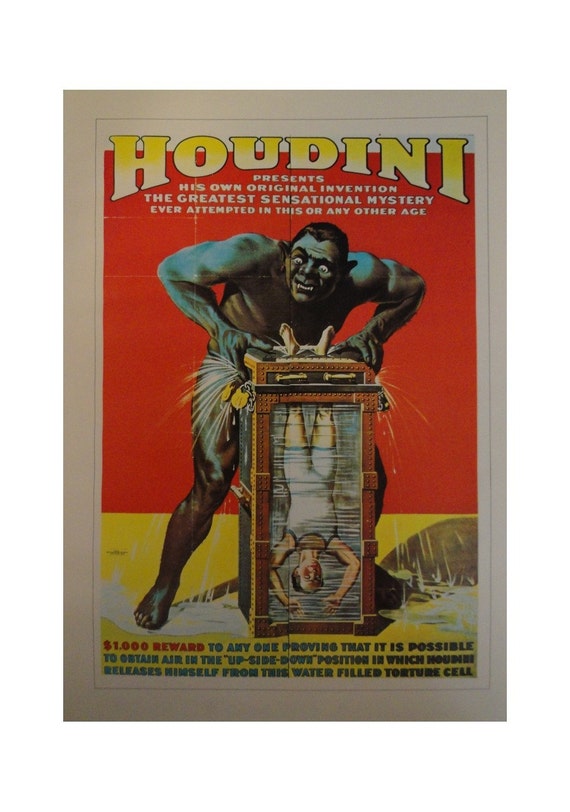

When the stone is finally ready to be inked for printing, it is placed on a printing press.

This solution changes the undrawn areas of the stone, desensitizing those areas and making them incapable of further grease absorption. When the drawing is completed, the surface of the stone is covered with an acidified solution of gum arabic. The greasy crayon and ink set up an insoluble, grease-attracting and therefore water-repelling condition in the stone wherever it is applied. The image is drawn directly on the stone, using a grease crayon and ink. Once the stone ready, an artist reproduces on image on the stone. Limestone was used because of it’s porosity. Stone lithography involves limestone blocks, or “stones,” which are prepared by grinding and sanding the stone to a smooth surface.

Aloysius Senefelder invented the process in Germany in 1796. It’s no wonder that magicians, both great and small, used colorful posters to advertise their show of wonders as the process traveled from Paris to the world.

Stone lithography was the dominant means of mass communication. However, it is Jules Cheret who mastered the technique of stone lithography in the 1870’s and is credited with being the “father of modern stone lithography.” His “three stone lithographic process” allowed every color in the rainbow to be printed with as little as three stones – usually red, yellow and blue – printed in careful registration.īy the 1880’s in Paris colorful posters were the standard of promotional advertising. Lithography was invented in Munich in 1798 by Aloys Senefelder. This time saw the great masters of magic – Herrmann, Kellar, Carter the Great, Thurston, and Houdini. The stone lithography process was in it highest use during magic’s golden age, 1890 – 1930. Posters of magicians printed by the stone lithography method qualify as vintage magic posters. Due to the thickness of the black board and mounting frame, your print is separated from the wall by 1.50" Click here for mounting details.Charles Greene is the webmaster of MagicPosterGallery, which showcases vintage magic posters from 1890-1930 (the ‘golden age’ of magic), and is a member of our Hall of Fame. Simply put a nail in your wall, hang your print from the hanging wire, and you're done. There are no metal mounting posts at the corners. Option #2 (Hanging Wire) - With this option, your acrylic print is attached to a 1/4" thick black board which has a wooden frame and hanging wire attached to the back. posts, screws, and wall anchors) is included with your print. All of the required mounting hardware (i.e. The mounting posts act as stand-offs and keep your print separated from the wall by 1". When you're finished, simply reattached each cap, and you're done. The cylindrical cap of each mounting post can be removed, allowing you to thread a small screw along the center axis of the of post and into the wall. Option #1 (Mounting Posts) - Attach your print to your wall with four aluminum mounting posts. There are two different ways to mount your acrylic print. The high gloss of the acrylic sheet complements the rich colors of any image to produce stunning results. The image is the art - it doesn't get any cleaner than that!Īll acrylic prints ship within 3 - 4 business days and arrive "ready to hang" with four aluminum mounting posts (Option #1) or hanging wire (Option #2). Your image gets printed directly onto the back of a 1/4" thick sheet of clear acrylic. Bring your artwork to life with the stylish lines and added depth of an acrylic print.


 0 kommentar(er)
0 kommentar(er)
